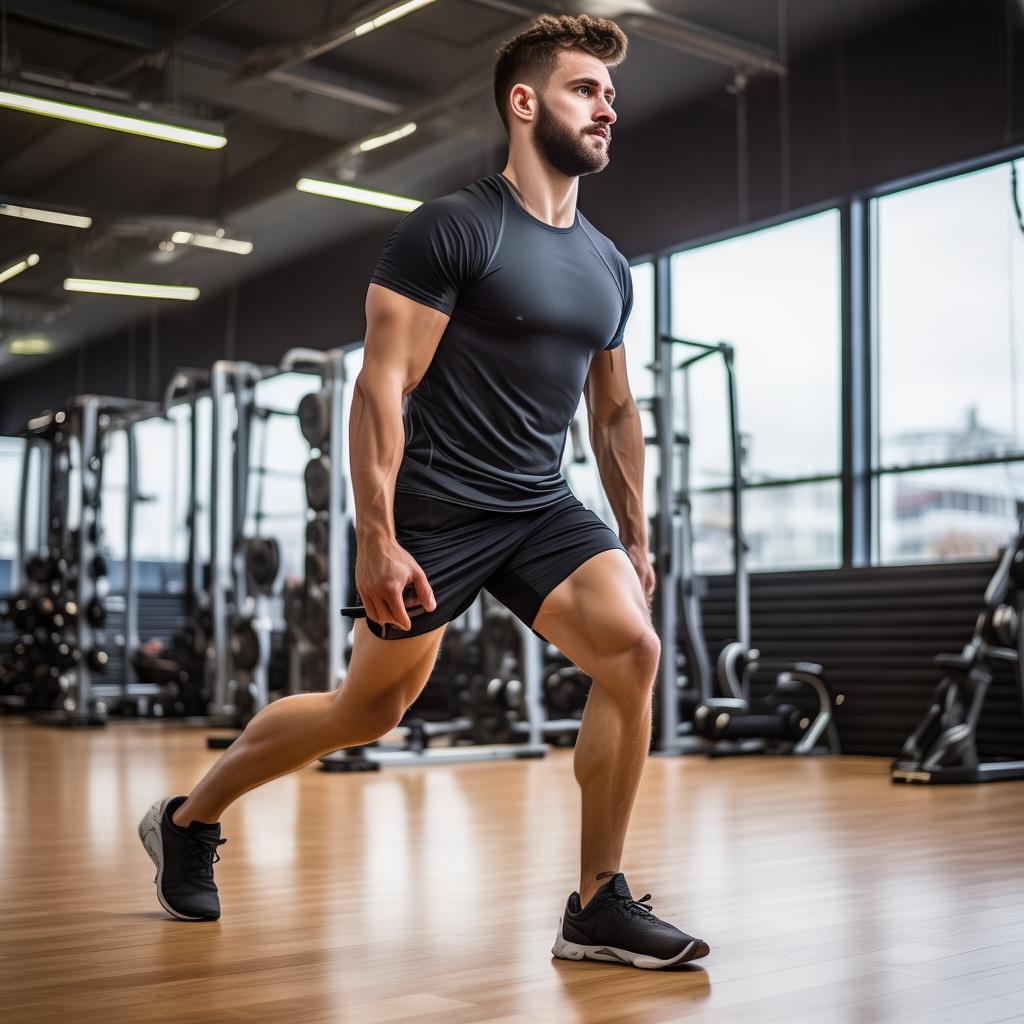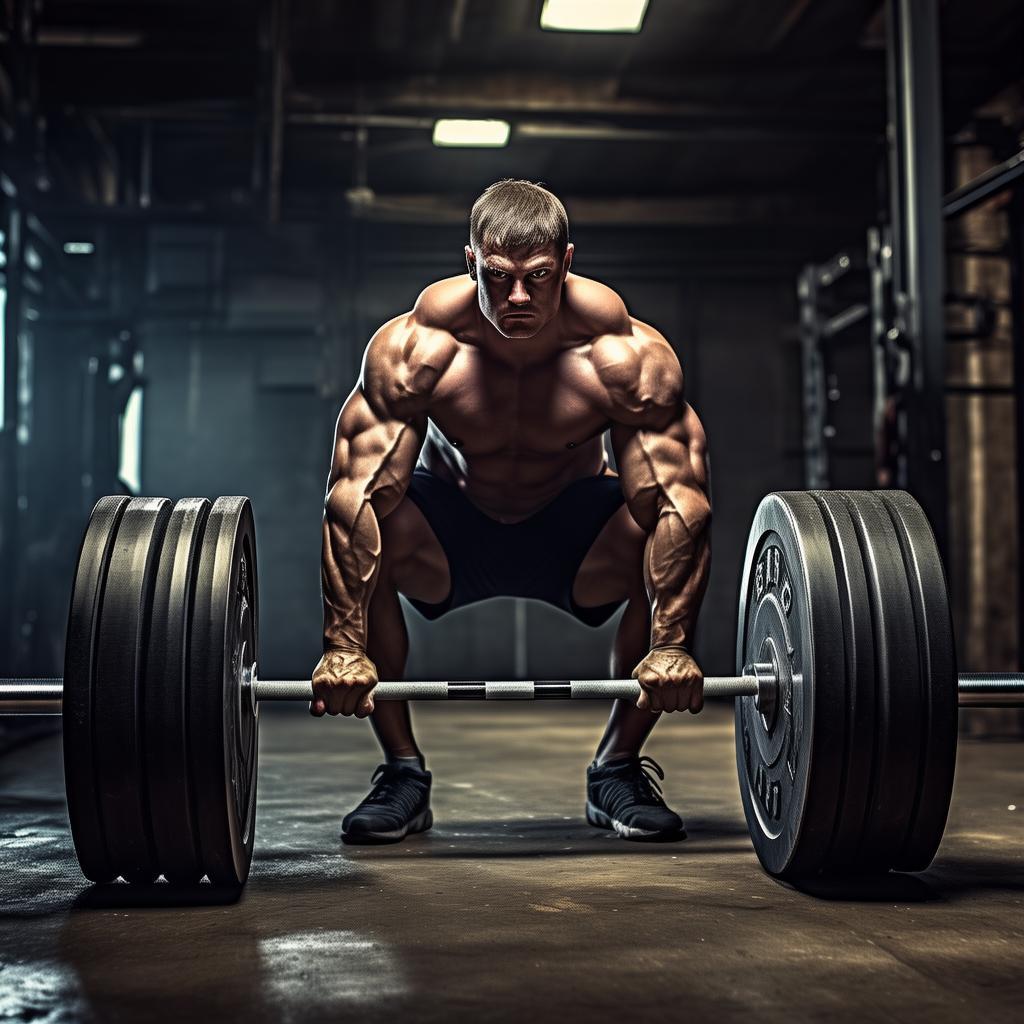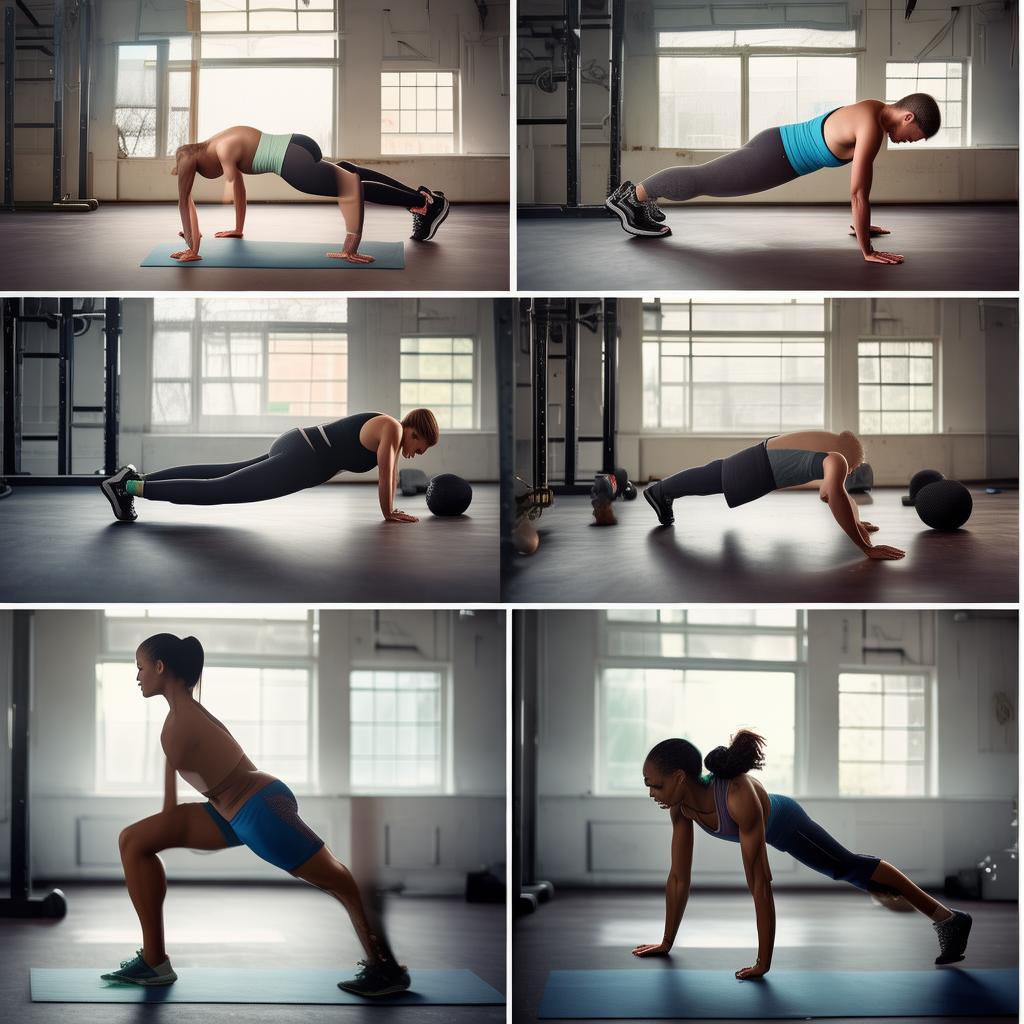Introduction
For fitness enthusiasts, developing strong thighs, especially well – defined quadriceps, can be a significant challenge. However, with hard work, perseverance, and self – discipline, one can achieve remarkable results before relying on innate talent. When it comes to leg workouts, various aspects such as weights, sets, reps, intensity levels, and specific movements need to be carefully considered. For example, when doing squats, it’s important to know exactly which part of the thigh you want to target. If you feel that your quadriceps lack fullness, the following exercises are sure to be of great help.
Front Squats
Among lower – body movements, the deep squat is a classic. It is excellent for training strength, endurance, and muscle tone. To specifically focus on the quadriceps, the front squat is a great variation. While the barbell behind – the – neck squat can stimulate the entire thigh by squatting deep, the front squat is more effective for targeting the quadriceps. By placing the weight in front of the body, the focus is more on the quadriceps. Although the hamstrings and gluteus maximus also assist as secondary muscles, the front squat also activates the core. All the stabilizing muscles are engaged and need to contract forcefully to keep the body upright.
Starting Position: Stand in front of a deep – squat rack and hold the barbell above your shoulders.
Movement Steps:
1. Squat down and place the barbell in the clavicle position. Hold the barbell with a backhand grip, with both hands on either side of the shoulders, gripping slightly wider than shoulder – width apart.
2. Lift the barbell upwards as you extend your knees to a full standing position.
3. Balance your body, bend your knees, and squat down as far as possible.
4. Stop at the lowest point and rise upwards to complete one movement.
Leg Curl (Toe In)
The leg curl is not mainly for building strength but is very effective in isolating the quadriceps and building muscle tone. It’s an ideal move if you want to make the outside of the quadriceps look more prominent. Performing this movement with the toes inward puts more emphasis on the outer quadriceps. Since it’s an isolation movement that focuses on the quadriceps, other muscles are less stimulated during this exercise.
Starting Position: Sit comfortably on the leg – flexor apparatus and place your calves under the foot pads. The knees should be at a right – angle to enable the whole movement.
Movement Steps:
1. Sit up straight and rotate the leg with the toes slightly inwards.
2. Contract the quadriceps, lift the leg, and extend the knee.
3. Continue raising the leg until the knee is straight, but do not hyperextend.
4. If possible, hold in this position for a moment and then slowly lower the weight to complete one movement.
5. Continue through all reps, moving in a controlled manner and concentrating on the quadriceps.
Barbell Arrow Squat
The barbell arrow squat is a powerful strength and muscle – building movement, especially suitable for scheduling after compound movements like the deep squat. Its advantage lies in the fact that it allows you to train each leg separately, ensuring muscular balance as the stronger side doesn’t assist the weaker side. This movement emphasizes the quadriceps while also stimulating the gluteus maximus and hamstrings. The core muscles also need to be contracted throughout to keep the body balanced. To focus more on the quadriceps, take smaller steps when walking forward and shift your weight forward to ensure the quadriceps are actively engaged. It’s also a great movement for improving balance and agility.
Starting Position: Stand up straight with the barbell behind your shoulders and hold the sides of the bar with your front hands, similar to a traditional barbell squat.
Movement Steps:
1. Balance your body and walk forward about half a metre (adjust the stride according to your height).
2. With the front foot firmly on the ground, bend the back leg at the knee while also bending the front leg at the knee.
3. Stop when the back leg knee is close to the ground, then straighten the knee and return to a standing position.
4. Step the back leg forward and repeat the movement with this leg.
5. Alternate legs forward, making sure your back is always in a neutral position.
Leg Raises
The leg raise is a must – have in a quadriceps training program, especially for those who are unable to squat due to injury or limited mobility. One of its advantages is that you can change the position of your foot on the pedal, easily altering the target muscle group under pressure. It’s a high – intensity exercise that works all the major muscle tissues of the lower body. If the foot is placed high on the pedal, it stimulates the gluteus maximus and hamstrings more; placing the foot lower and at a narrower standing distance focuses the stimulation on the quadriceps. Placing both feet almost together increases the load on the quadriceps.
Starting Position: Sit on the leg – lift machine with your back lying flat and your feet in a lowered position and leaning together.
Movement Steps:
1. Keep your core tight and always keep your feet in the same position.
2. Extend the knees until they are almost straight but do not lock.
3. Slowly lower the weight and bend the knees.
4. Bring the knee as close to the body as is comfortable, then push the weight back up to complete one movement.
5. Repeat until all the specified reps have been completed.
These four movements can take your quadriceps training to new heights. You don’t have to do all of them in every workout; you can swap between them to effectively work the quads. Here is a comprehensive lower – body workout for the quads to try at the gym, which also works the hamstrings and calves to ensure the whole leg is well – trained:
Training Movements – Number of Sets – Number of Reps
– Front Squats: 1* (warm – up set) – 12 – 15; 4 – 8 – 12
– Barbell Arrow Squat: 4 – 10 (each leg)
– Leg Raises: 5 – 12 – 20
– Prone Leg Curl: 4 – 12
– Machine Leg Curl: 4 – 12
– Standing Heel Raise: 3 – 15
– Seated Heel Raise: 5 – 8
Whether you train alone or with a partner, getting your leg workouts right will lead to visible improvements. Start this workout plan, and you might just become the next leg – training king!





